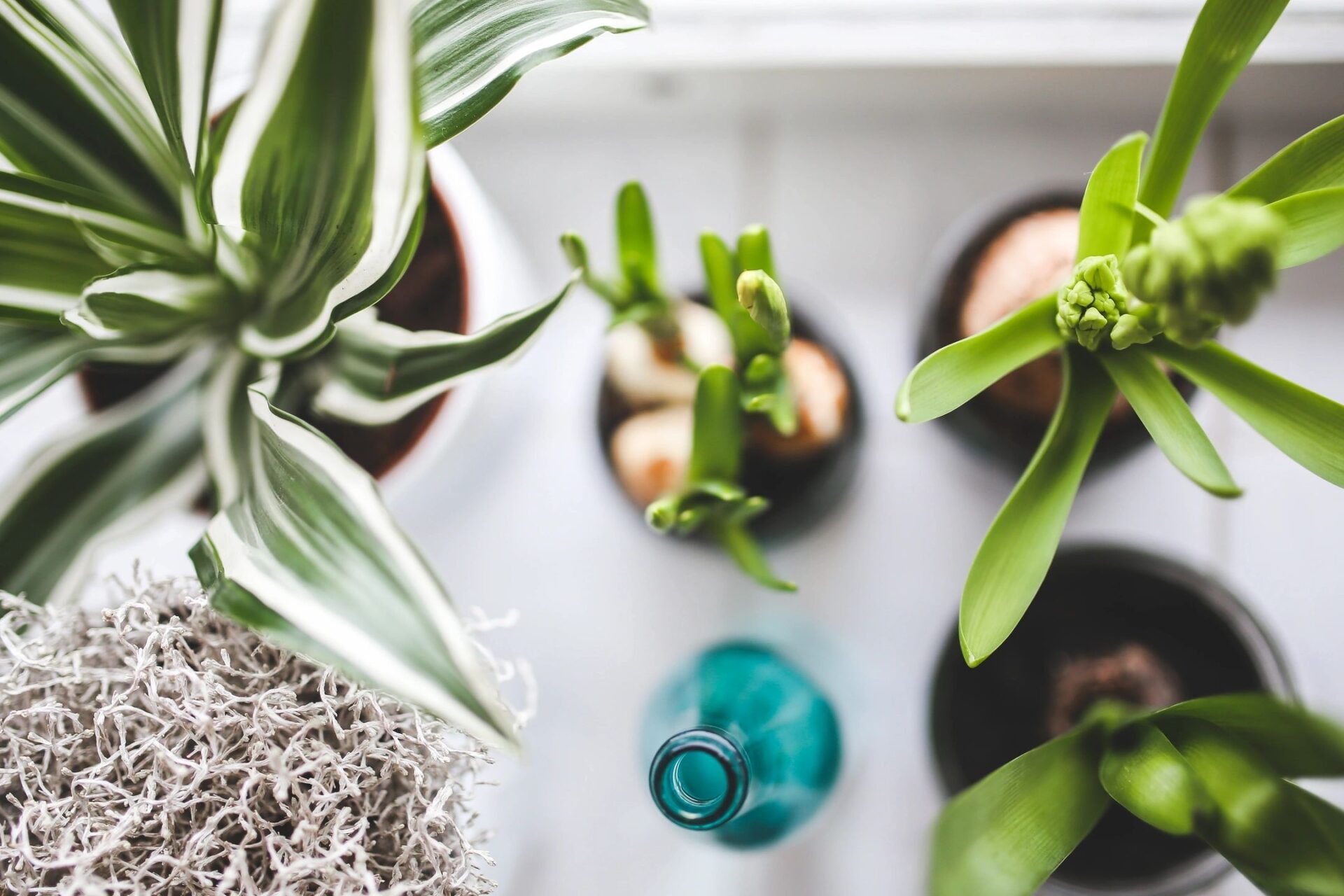As the chill of winter settles in, homeowners across the country are grappling with an unwelcome companion: indoor condensation and a noticeable increase in dampness. While dehumidifiers and moisture-absorbing devices are often the first line of defense, some experts suggest turning to houseplants as a natural and decorative solution. Certain plants not only brighten up a room but also contribute to managing excess moisture in the air, offering a greener alternative to mechanical methods.
These moisture-controlling plants work their magic through a process called foliar uptake. This scientific phenomenon allows plants to absorb water directly from the air via tiny pores known as stomata or through their leaf surfaces, known as the cuticle. Plants adapted to humid environments, such as tropical species, excel at this ability, making them excellent allies in combating dampness. While their impact indoors may not match their performance in the wild, they can still make a difference by reducing localized humidity levels, particularly in notoriously damp areas like bathrooms.
Among the standout options for moisture absorption are orchids, a long-standing favorite for their beauty and practicality. Moth orchids, in particular, are a low-maintenance variety that thrives in high-humidity conditions. Their aerial roots, adapted to cling to tree bark in their natural habitats, allow them to draw moisture and nutrients directly from the air. Orchids bring a touch of elegance to any room while contributing to a more balanced indoor environment.
Ferns are another excellent choice for managing excess moisture. Known for their delicate, moisture-absorbing fronds, varieties like Boston ferns, asparagus ferns, and bird’s nest ferns thrive in humid conditions. These plants not only help reduce air dampness but also add a vibrant, tropical feel to indoor spaces. With preferences for medium to bright indirect light and a tolerance for lower light conditions, ferns are a versatile option for those looking to bring greenery into their homes.
For a simpler, more low-maintenance solution, pothos plants are a clear winner. These tropical vining plants are renowned for their air-purifying abilities, as they absorb both moisture and toxins from the environment. Perfect for hanging baskets or as trailing displays, pothos plants thrive in high-humidity settings and require only occasional watering when their soil dries out. By introducing plants like pothos, orchids, and ferns into your home, you can create a healthier, more comfortable indoor atmosphere while enhancing the aesthetic appeal of your living space. Houseplants may not solve every winter woe, but they certainly provide a beautiful and natural way to combat the seasonal dampness.


